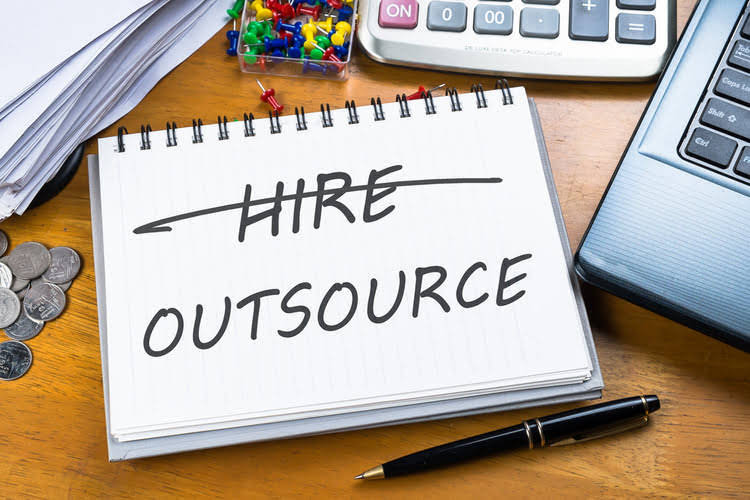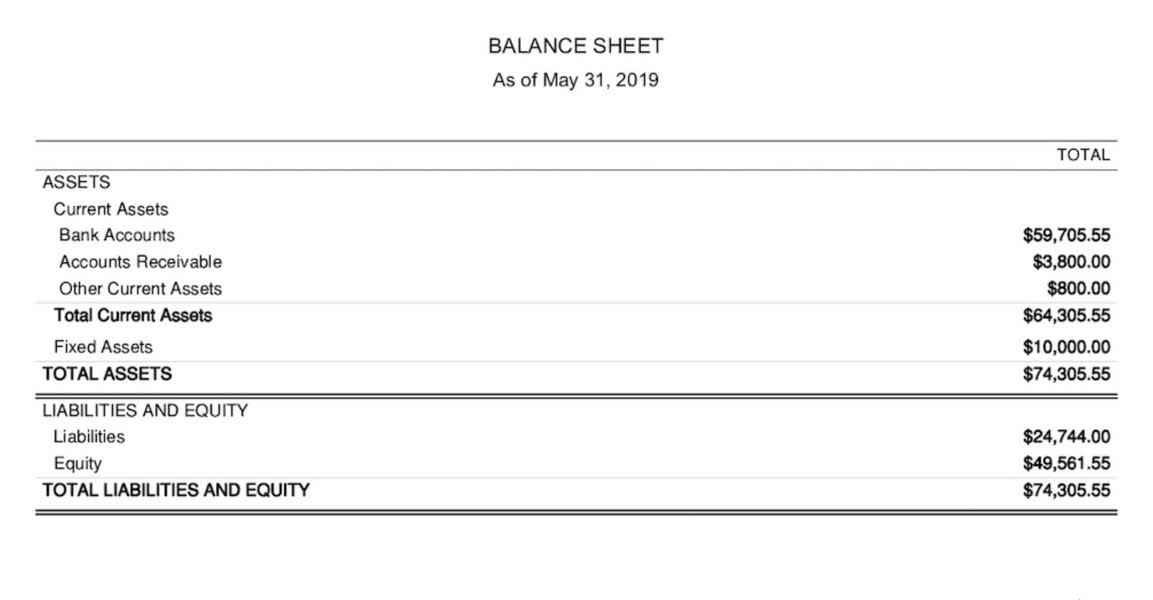Also, it didn’t do well in pricing because it’s one of the most expensive software on the list. As mentioned above, and as you’re already intimately familiar with, crunching the numbers for any given build project is far from straightforward. Accurate estimates and bids, effective expense tracking and successful reporting and analysis of profitability are just the start, and those alone can be a nightmare to navigate.
More Profitable Projects
They also set new clients up with a call with one of their QuickBooks experts for a free, guided set-up. QuickBooks offers robust apps for iOS and Android that have most of the same functionality as the desktop and web software. That’s why FreshBooks also has an excellent customer support team—no need to try and ‘talk’ to a chatbot or sift endlessly through self-help resources to get answers to your questions. Instead, give us a ring and talk to an actual human, ensuring you don’t have to deal with unnecessary downtime.
About Sage 100 Contractor
- It’s a more affordable option than some others, but that also comes at the cost of some of the deeper, more insightful analytics and data you may need.
- Additionally, we wish that JOBPOWER’s pricing information was disclosed so that contractors could easily gauge its feasibility based on their budget.
- Develop POs and subcontractor costs to use in projects, so there are no unexpected costs that come up.
- Under the completed contract method, you recognize revenue or expenses only when the project is completed or substantially completed.
- Tools like FreshBooks allow you to customize and upgrade your plan as needed to ensure you’re always ready to take on more work.
- It took a hit in pricing because the one-time implementation fees are a bit expensive, especially for small contractors.
- General contractors, subcontractors and heavy-highway companies will benefit most from the robust financial tools.
While CMiC takes care of construction payroll for you, it also integrates with popular platforms like Workday that you may already be using. Now you should have a better idea of the construction accounting software options on construction bookkeeping the market, and hopefully you’re a little closer to finding the software tool that’s the best fit for your team. BuilderTREND allows you to automate and customize most aspects of your construction, project management, and billing processes. BuilderTREND integrates with most accounting software and its project scheduling tools make sure everything is getting done in the right order.
Customer Reviews and Testimonials
- The system also allows you to scan and organize receipts so that all project expenses are kept in one place.
- Internal audits are initiated internally for the purpose of improving financial processes.
- These are must-haves in construction accounting software, and I would be hesitant to include any software on this list that didn’t include these.
- With a solid set of features and a fair pricing structure, this software is another great pick for start-ups and smaller teams.
- Think about software compatibility with existing tools, like CRMs or other project management software, as you evaluate your construction accounting software options.
It provides subcontractor control and service billing modules tailored explicitly for general and specialty contractors. For heavy contractors, it includes equipment cost and equipment manager tools, along with an inventory control system. We found Sage 100 Contractor best for companies that have outgrown QuickBooks and want an on-premise system. Although installed locally, the software can be downloaded on mobile devices so contractors can use it in the field and the office. Users can access its accounting features remotely, including AR and AP, for simple invoicing, progress billing, and payable management.
Thanks to subscription-based pricing, even small companies can get access to the most powerful software without the high upfront costs. Namely, the 2021 ConTech Report shows that only 3% of surveyed construction companies don’t use dedicated construction software. It’s absolutely essential that construction companies have an intimate understanding of their local and state laws and requirements. Do your due diligence as a business owner and take the time to understand these requirements verbatim. Bill.com is widely used for automating AP tasks, offering ease of use and integration capabilities that are helpful for construction companies managing project-based expenses.
- Simon Litt is the editor of The CFO Club, specializing in covering a range of financial topics.
- When it comes to real estate management, the platform takes static information, such as lease contracts, and transforms them into dynamic information resources.
- Alternatively, construction businesses that use the wrong construction accounting software may struggle with integration issues or waste time on repetitive data entry tasks.
- Project management is one of the most essential parts of running a construction business.
- The firm specializes in preparing personal and corporate taxation while providing fractional CFO work and leading the accounting and finance function for several small-to-medium-sized businesses.



